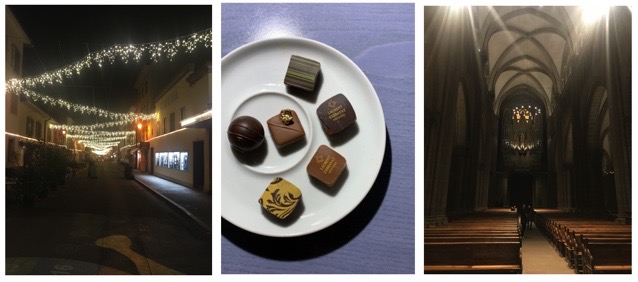The second day of the COP3 of the Minamata Convention on Mercury proved to be even more interesting than the first. Upon arrival, it was clear by the energy in the room that the delegates were tired from working late into the previous night but were energized to re-enter the negotiations. The morning plenary session focused primarily on the management of dental amalgams and the establishment of harmonized system codes which would allow countries to more easily control international mercury trade.
The negotiations on dental amalgams proved to be an energetic and passionate topic on the agenda due to the economic and cultural disparities between parties. Some parties voiced their concerns with existing mercury free substitutes because they were concerned with the longevity of such materials in areas where dental care is not as frequented. Others believed that further emphasis on technology transfer needs to be examined due to the difficult training and cost intensive nature of dentistry especially in low income countries. The majority of parties supported a “phase out” of mercury in dental care, however, the time frame of such a phase out was highly disputed. The debate became even more intense when the NGOs were invited to take the floor. Speakers from the NGOs were highly animated and used a combination of charisma and various statistics to speak on behalf of the safety (or lack thereof) of dental amalgams and to encourage funding for additional research and technology transfer. Finally, several parties urged the president to push the agenda item to COP4 once more research was complete. However, the negotiations were directed to a smaller contact group by the president and tasked with formulating a draft decision. Watching the delegates fight for their their countries’ interests was awe-inspiring and can only be compared to watching a Keeping Up with the Kardashians – but with much more at stake and more eloquent vocabulary.
For the lunch session, I decided to attend the Effectiveness Evaluation contact group. In a smaller session, it was easier to watch parties communicate with one another and discuss topics in greater depth. It was especially fascinating for me because I was seated behind the expert scientists responsible for data monitoring and modeling in respect to mercury cycling. It was rather entertaining to watch the two hold a side conversation during the negotiation and exciting to see real scientists play a role in international policy making. However, my favorite part of this session was when our professor, Dr. Todorova, had the opportunity to take the floor and speak from her expertise in the field. I tried my best to suppress my proud smile as I watched my professor lend a hand to policy making in real time.
Later that evening, our class took a self-guided tour through Geneva’s Old Town. We explored Saint Peter’s Cathedral, walked along cobblestone streets strung with Christmas lights, learned of Catherine Cheynel – a woman who defended the Swiss city by pouring hot soup on French invaders outside her window, and of course indulged in genuine Swiss chocolate for dessert.
